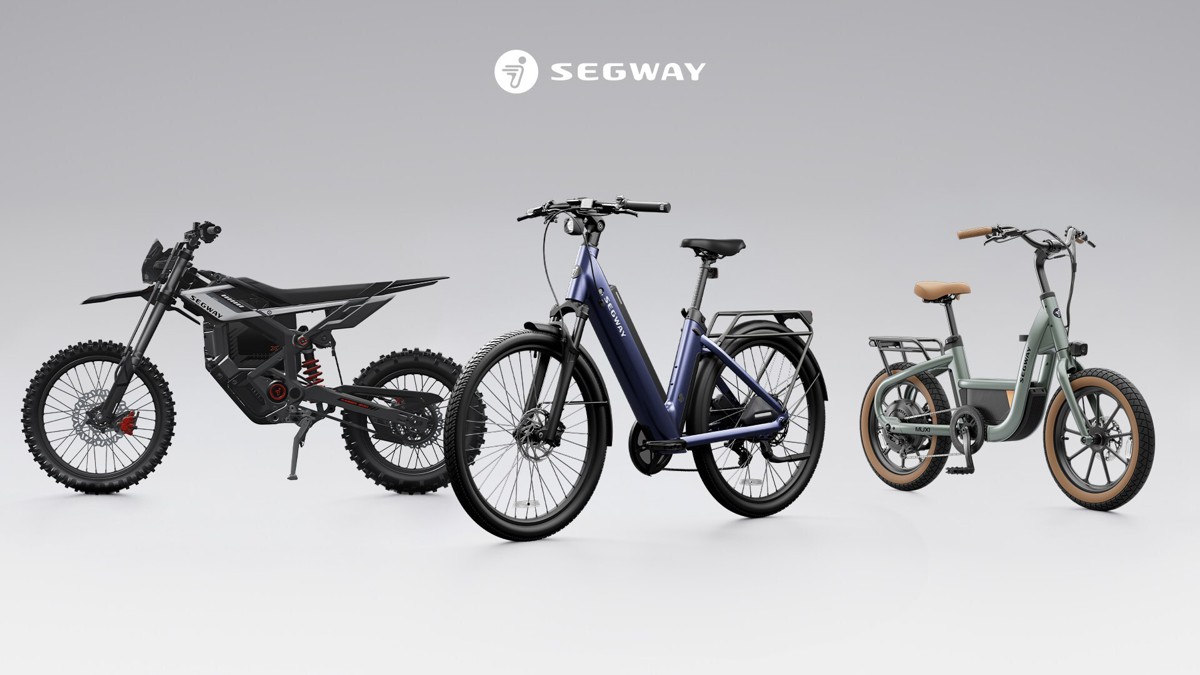Continental introduces Cross-Domain High-Performance Computer in a Car
Continental announced today that it has implemented a cross-domain High-Performance Computer (HPC) in a car. For the first time, hosting cockpit and additional vehicle functions such as driving safety and automated parking, including holistic motion control in a real-life vehicle application was made possible.
Serving as a showcase for what the development of software-defined vehicles (SDVs) can look like for automotive engineers, the SDV technology car utilizes Continental’s cloud-based Continental Automotive Edge Framework (CAEdge), which connects the vehicle to the cloud and features a virtual workbench to simplify and accelerate development, supply, and maintenance of software-intensive system functions. The implementation was leveraged by the Snapdragon Ride™ Flex System-on-Chip (SoC) with pre-integrated Snapdragon Ride Vision perception stack from Qualcomm Technologies, Inc.
“With the SDV technology car, we are able to demonstrate Continental’s ecosystem: from road to cloud, from virtual to real,” said Seyed Hajimirza, Head of Research and Advanced Engineering North America, Continental Automotive. “As the first development partners for vehicle manufacturers in the world, we are proud of how we have moved beyond concepts and can showcase the capabilities and challenges of the convergence of automotive domains in a tangible software-defined vehicle.”
Diverse portfolio of functions and development expertise all in one car
The SDV technology car demonstrates the best and most innovative solutions the Continental Automotive group sector portfolio has to offer in one vehicle architecture. The different technologies used include automated parking functions with holistic motion control, ultrasonic sensors, an integrated brake system, and surround view cameras – all within an innovative cross domain HPC.
“The goal is not only to show how well functions work, but to validate how well multiple technologies can be integrated and work alongside each other in HPC-based vehicle architectures within a software-defined vehicle,” explained David Muscat, Segment Chief Engineer, Architecture and Networking Business Area, Continental North America. “This is a crucial step to convince the market that the goal to combine several control units in one HPC is not just feasible but can also render the cost benefits we want to achieve.”
One key element for the implementation of the very first cross-domain HPC in a real car is the Snapdragon Ride Flex SoC, the automotive industry’s first family of SoCs that supports multi-modal critical workloads on a single chip. The Flex SoC is designed for optimized cost, power and performance. It makes it possible for automakers and suppliers to accelerate their time-to-market advantage and embrace a seamless, open, and adaptable approach to designing their vehicles. Passengers benefit from an enhanced driving experience characterized by added assistance, safety, and comfort.
“The concept of the software-defined vehicle relies heavily on high-performance hardware that can handle the amount of data,” said Muscat. “Qualcomm Technologies is a strong technical collaborator of Continental who shares our ambitious approach to bring the software-defined vehicle onto the road.”
“The evolution of in-vehicle automotive infrastructures has reached a critical point as both data and the compute power needed to process it are rapidly expanding. The Flex SoC addresses this shift as the ideal compute solution for software-defined vehicles, offering an integrated, open and scalable architecture for next generation vehicles that is cost-effective and scalable across all vehicle tiers,” said Anshuman Saxena, VP, Product Management, ADAS, Qualcomm Technologies, Inc. “We’re excited to continue the momentum of the Flex SoC through our work with Continental.”
CAEdge provides cloud-based environment for efficient software development
The show car’s software architecture has been developed using Continental’s own cloud-based development platform for the software-defined vehicle. It connects the vehicle to the cloud and features a virtual workbench to simplify and accelerate development, supply, and maintenance of software-intensive system functions. This offers automotive software engineers the opportunity to test software on a virtual HPC before deploying onto the physical hardware and to fix software-related issues by debugging software directly in the cloud.
Continental’s CAEdge is currently the most progressive concept for the development of SDV applications. In the SDV technology show car, Continental now proves speed, development productivity and customer-oriented thinking for a competitive advantage when customers are aiming at shortening time-to-market by deploying software functions from a virtual HPC into a production vehicle.
Continental develops pioneering technologies and services for sustainable and connected mobility of people and their goods. Founded in 1871, the technology company offers safe, efficient, intelligent and affordable solutions for vehicles, machines, traffic and transportation. In 2023, Continental generated sales of €41.4 billion and currently employs around 200,000 people in 56 countries and markets.




















